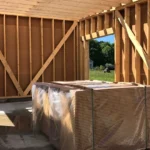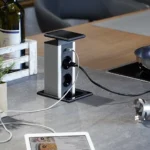“Green” energy sources are gaining increasing popularity. We tell you what is better to choose for a private home – solar panels or wind generators and describe the nuances of their installation.
The most widespread alternative sources of electricity are solar panels and wind generators. Both technologies are quite well developed, equipment prices are gradually decreasing.
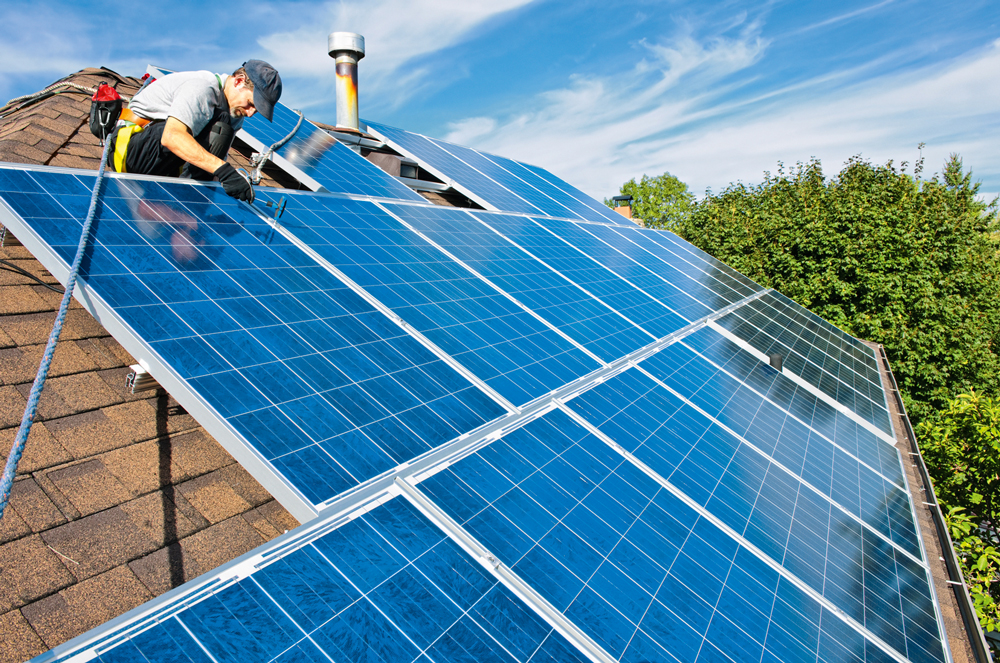
Which and how source to choose?
First, decide on the amount of electricity you will need. Are you going to build your home power system entirely on solar or wind power, or use it as an emergency power system? After all, the price tags are very different. For an emergency system (with an output power of 200-500 W), one or two solar modules and additional equipment are enough. But completely switching to an autonomous energy supply will cost much more.
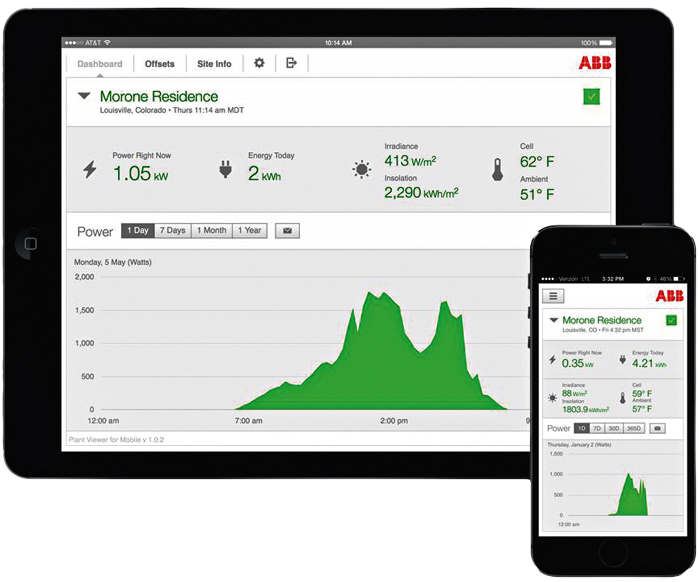
The choice of the type of “green” source directly depends on the climatic and geographical features of the area. For example, for low-latitude areas with partly cloudy weather, solar panels are best suited. In open areas, on hills, and on the sea coast, which is characterized by prolonged strong winds, wind generators have proven themselves well. In most of Europe, there are few places with a climate ideally suited for one or another type of electricity generator. In such conditions, it makes sense to install both types of generators, which will back up each other. Of course, such a system turns out to be much more expensive – but what can you do, these are the features of the world climate.
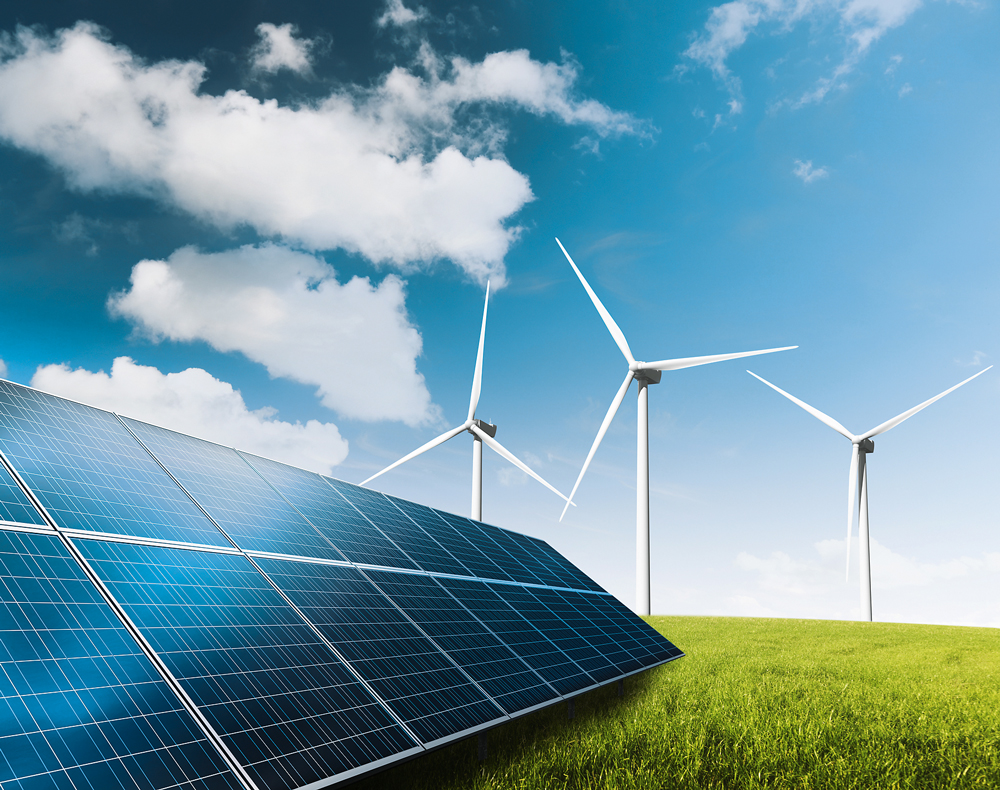
Solar panels
Currently, two types of these devices have become widespread: silicon and film. Each of them is divided into types:
- silicon monocrystalline. Each light-receiving module is made based on a silicon wafer cut from a single crystal. These batteries have the highest efficiency (up to 22–24%), but also the highest cost;
- silicon polycrystalline. The wafer of a separate module has a structure consisting of several silicon crystals, due to which the cost of the device is reduced by about half. Efficiency 13–15%;
- silicon amorphous. The cost is 20 percent lower than polycrystalline ones, the efficiency is approximately 6–8%;
- film, based on cadmium telluride, copper selenide, polymer materials, etc. They appeared recently and are not widely used, but are considered by many manufacturers as very promising. Efficiency and cost are approximately 20% higher than amorphous ones.
The most widely used panels today are polycrystalline panels and those based on amorphous silicon. These modifications are easier to manufacture and cheaper than panels based on a single crystal, and in addition, batteries based on amorphous silicon do not require direct irradiation with sunlight, they reproduce electricity more efficiently in diffuse lighting and, accordingly, are better suited for central Europe, where there are many cloudy days. For regions with a predominance of clear weather, on the contrary, it is better to use mono- and polycrystalline batteries.
Wind generators
A wind generator converts wind energy into electrical energy. Modern models are capable of operating even in light winds (2–3 m/s), although the optimal wind speed for their operation is higher and is usually 10–12 m/s. At a wind speed of 3 m/s, such a wind generator will produce approximately 5% of the possible power, at a speed of 7 m/s – about 50%. Therefore, when selecting a generator model, it is necessary to take into account the average annual wind speed in your area; this indicator is always indicated in the description.
A wind generator is also selected based on the monthly current generation. You must calculate how much electricity you will need. Let’s say you decide to be economical and limit yourself to emergency lighting, the operation of a circulation pump, and the ability to charge a smartphone or laptop. Then you will need a current output power of 150–200 W, which is approximately 50–100 kWh per month. Such output will be provided by low-power models. And if you need more energy, then you should choose a more powerful wind generator: models that generate several hundred kilowatt-hours per month, but their price will be higher.
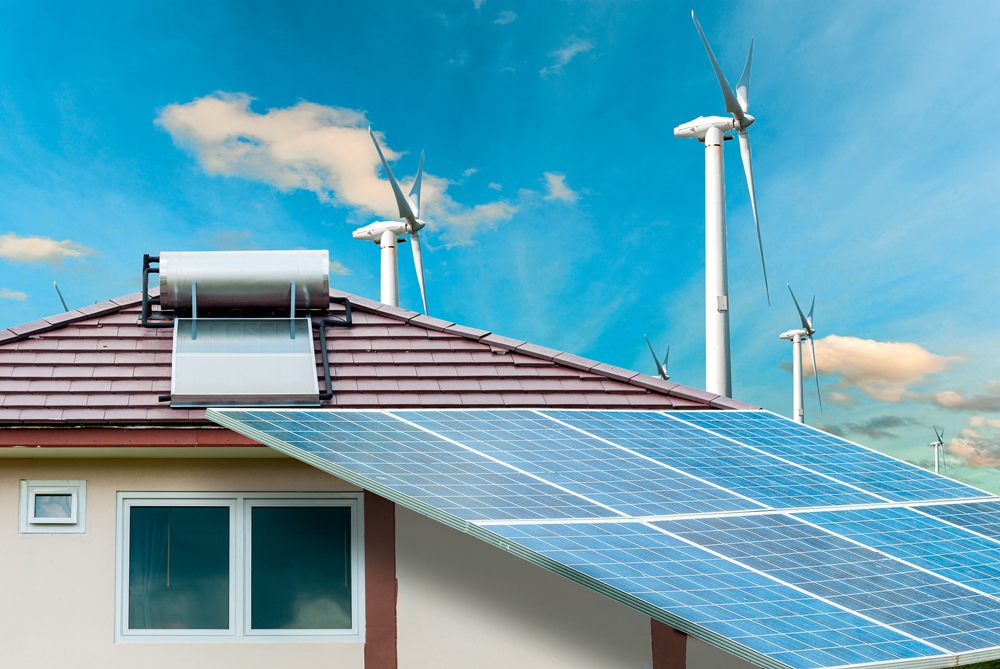
The calculation for solar panels is carried out similarly. The required amount of electricity is calculated, and based on the calculation, modules are selected so that their combined performance is guaranteed to meet your needs. The calculation is a little more complicated since the amount of monthly current generation varies greatly depending on the time of year. In summer it is maximum, and in winter it barely reaches 10–20% of summer. Therefore, choose solar panels depending on whether you are going to use them only in the warm season (during the summer season) or all year round. In addition, the generation efficiency greatly depends on how well you position the solar panels. If they cannot be deployed in the right direction and at the right angle, then the efficiency of energy generation will noticeably decrease – by 20–30%, or even more. Therefore, it is better to have a specialist make calculations on the required battery performance, taking into account their location.
Comparative advantages and disadvantages of solar silicon cells
| Monocrystal | Polycrystal | Amorphous silicon | |
| Price | The tallest | Average | Lowest |
| Productivity, efficiency, % | ~22 | ~15 | ~10 |
| Lighting requirements | High: it is recommended to orient the battery so that the sun’s rays fall perpendicular to its plane | High: it is recommended to orient the battery so that the sun’s rays fall perpendicular to its plane | Less demanding on the angle of incidence of sunlight |
| Operating efficiency in cloudy weather | Low | Low | High |
| Service life, years | ~25 | ~20 | ~15 |
Where and how to install batteries and wind generators
Solar panels should be positioned, whenever possible so that sunlight falls directly on them. Solar panels are deployed in a southerly direction, at an angle corresponding to the geographic latitude. In practice, solar panels are usually installed on the southern slope of the roof. If this is not possible, then the batteries are placed in a less advantageous position, and adjustments should be made to the performance calculation. The number of modules may need to be increased.
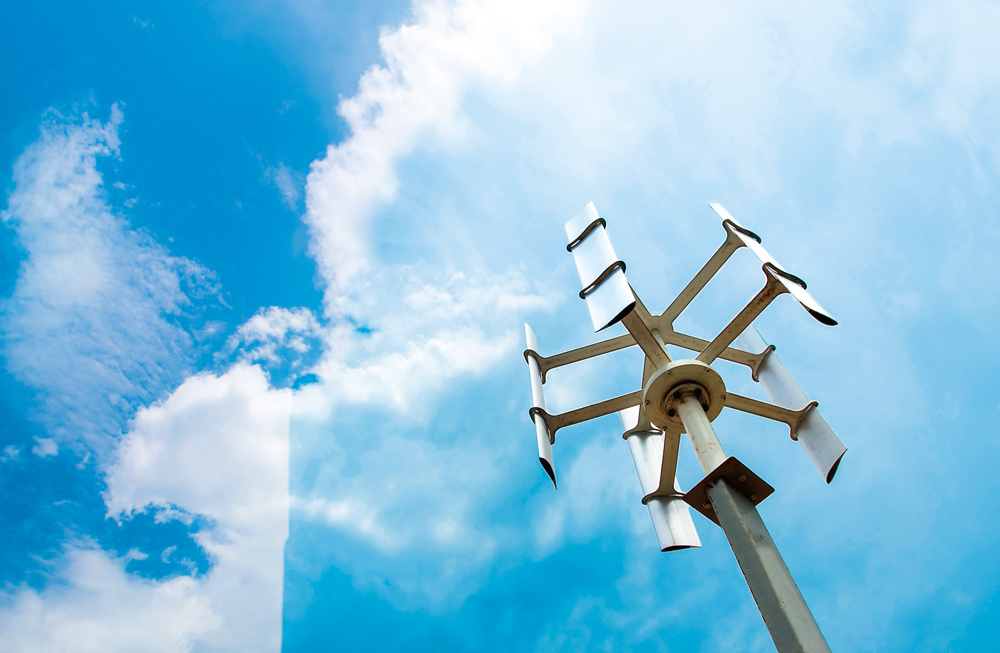
It’s good if you have some spare installation space left on which you can later install one or more additional modules. Because sooner or later the thought will come to your mind that it would be nice to increase system performance.
Solar panels must be installed so that they can be serviced. This applies not only to repair work but also to cleaning – it must be done regularly, removing fallen leaves, dust, and dirt from the panels. The availability of panels is especially important for year-round use due to the need to clean them from snow.
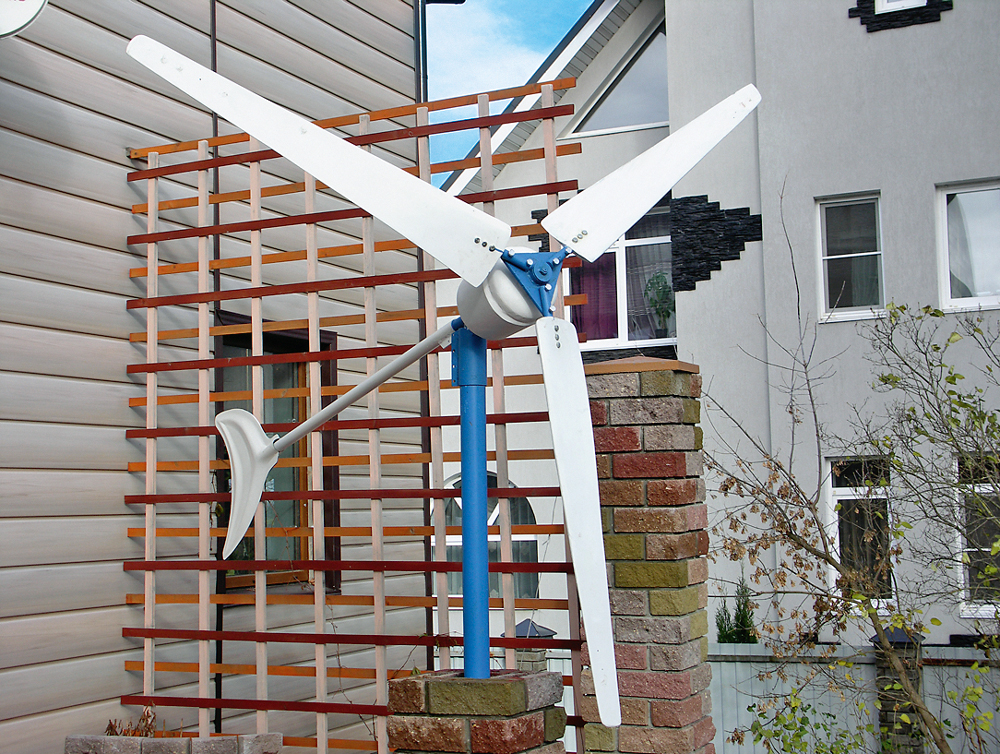
Wind generators are recommended to be installed at the highest area of the terrain. You should not skimp on the mast: at a height of 8–10 m, the wind force increases by about 30%. A windmill can make noise during operation, so it is better to install it no closer than 20 m from the house. Fortunately, low-frequency noise that affects health and wildlife is produced only by wind generators of very high power – from 100 kW and above. Therefore, light and low-power models of wind generators are sometimes installed on the roofs of buildings, and for such cases, it is advisable to use damping pads.
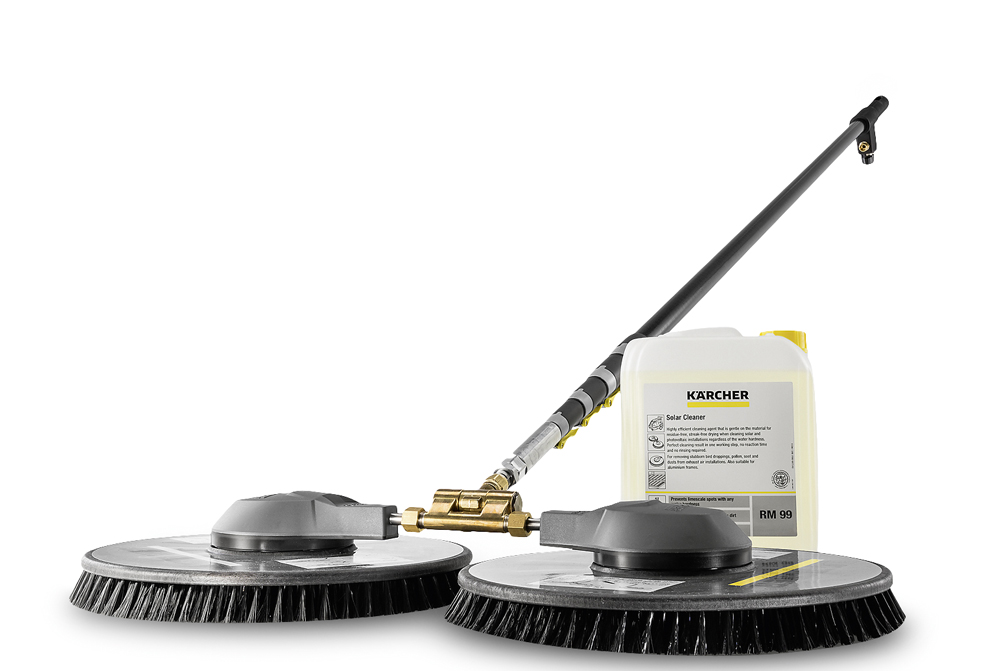
Optional equipment
In addition to current generators (wind generator or solar battery), you will need:
- Inverter – converts the direct current generated by a solar panel or battery into 220 V alternating current.
- Rechargeable batteries (AB). They store a reserve of electricity in case of peak demand or for situations when the generator does not produce current (for example, solar panels at night).
- Charge controllers are devices responsible for directing the flow of electricity generated by the generator. Without them, the generator will have to be manually disconnected from the battery every night and at the end of each charge. In addition, controllers increase generator efficiency by 30–50%.
- Generator mounting. In the case of a wind generator, this is a mast 8–10 m high. For solar panels, these are brackets for installation on the roof or free-standing structures.
As practice shows, you will have to pay about the same amount for a set of equipment as for a generator.


